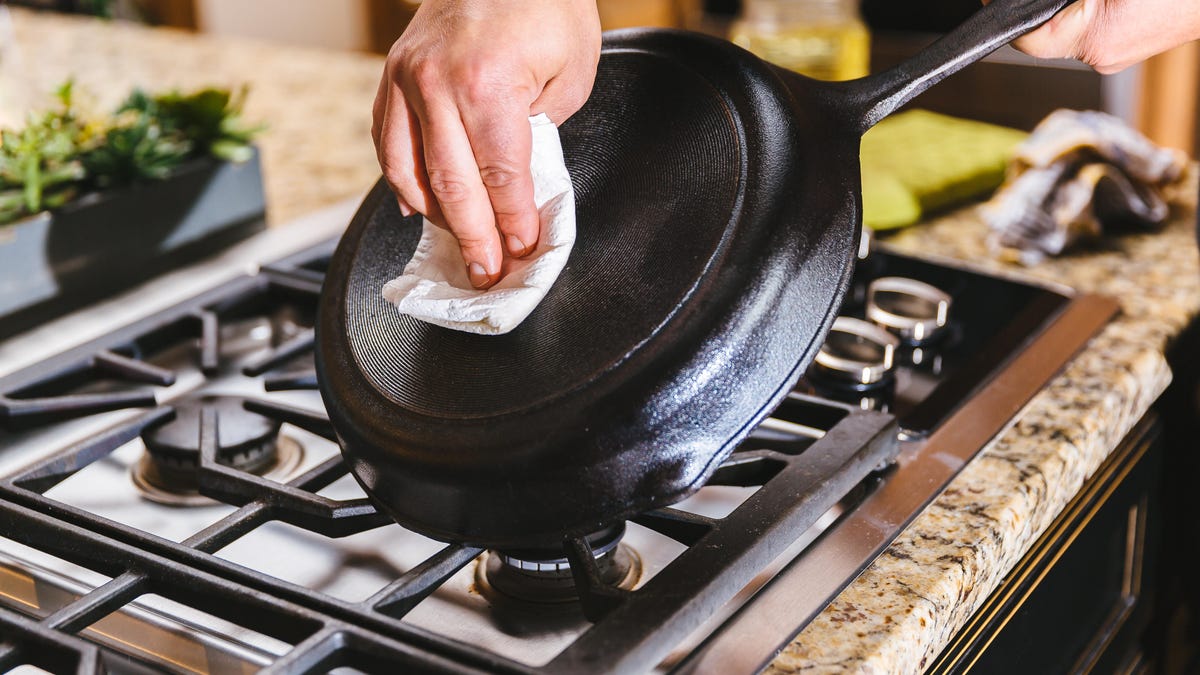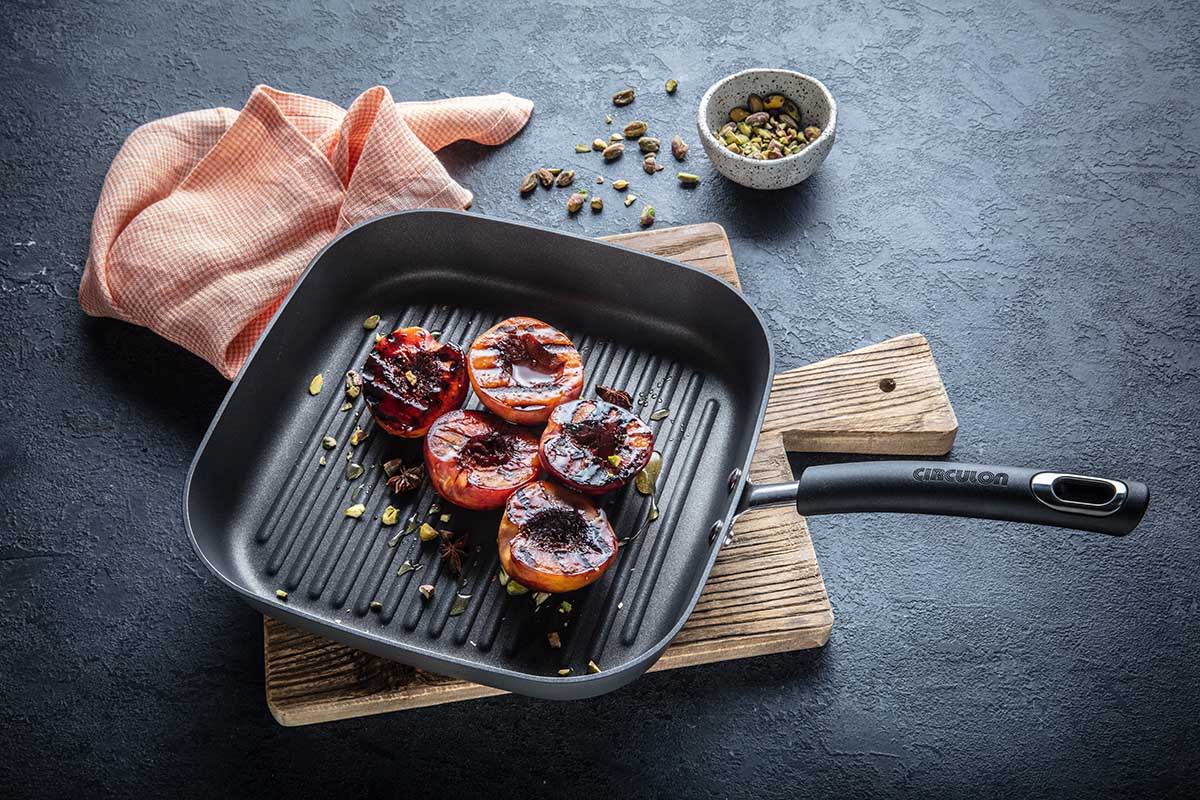Prep work is crucial to get the most out of your cast iron cookware. When it comes to how to prep cast iron for seasoning, the process is not just about applying oil. Proper preparation can significantly enhance the lifespan and performance of your cookware. This article will delve into the steps you need to follow to ensure your cast iron skillets or pans are properly prepped before seasoning.
First off, lets clarify why seasoning is important for your cast iron cookware. Seasoning not only creates a natural non-stick surface but also prevents rust and keeps flavors intact. Basically, seasoning involves treating the cast iron with oil and heating it to build up layers of polymerized fat that creates an impervious barrier. So, without proper prep, you may end up undermining all your hard work. Lets dive into how to effectively prep your cast iron for seasoning.

The Importance of Thorough Cleaning
The initial step in how to prep cast iron for seasoning involves thoroughly cleaning the cookware. If your skillet has been used for various meals, it may still have leftover food particles, grease, or residue that need to be removed. Heres how to clean your cast iron effectively:
- Use hot water and a stiff brush or non-metal scrubber to scrub the surface.
- Avoid soap, as it can strip the natural oils that have accumulated on the surface.
- For tough stuck-on foods, consider boiling water in the pan to help loosen them up.
- Once cleaned, dry the skillet thoroughly immediately after washing it. A quick drying prevents any moisture from accumulating, which could lead to rust.
Removing Any Previous Seasoning
Before you can begin with a fresh season, its essential to remove old layers if your cast iron needs a refresh. Scratching the surface with a fine steel wool pad can give your cookware a fresh start:
- Inspect the skillet for scratches or peeling layers.
- If you find any worn-out areas, gently sand them down until you hit a solid base layer.
Afterward, rinse and dry it well to ensure all particles from the scrubbing are cleared away. This process can also help restore the natural dark material of your cast iron, which contributes to even cooking.
Choosing the Right Oil for Seasoning
Choosing the right oil is crucial in your prep lift. Different oils have different smoke points, influencing your seasoning process:
- Flaxseed oil is a popular choice because it has a high smoke point.
- Canola oil and vegetable oil are good alternatives as they also resist rancidity.
- Whichever oil you choose, ensure it is refined for the ideal seasoning.
How to Apply Oil
Now that your cast iron is clean and any old seasoning has been removed, it's time to apply the new layer of oil:
- Pour a small amount of oil onto a lint-free cloth or paper towel.
- Spread the oil evenly over the entire surface of the skillet.
- Don't forget to cover the handle and the exterior as well.
- Let the oil soak for a few minutes before wiping off any excess. Leaving too much oil can result in sticky surfaces.
Heating Up the Cast Iron
After oil application, the next step in how to prep cast iron for seasoning is heating it:
- Preheat your oven to a temperature between 400F to 500F.
- Place the skillet upside down on the middle rack to avoid pooling of oil.
- Place a baking sheet or aluminum foil on the lower rack to catch any oil drips.
- Let it bake for about an hour, then turn off the oven and allow the skillet to cool inside.
Maintaining Your Seasoned Cast Iron
After you've gone through the entire prep and seasoning process, maintaining your cast iron is the next key factor:
- Post-cooking, allow your cast iron to cool down before washing it with hot water and a brush.
- Dry thoroughly or place it on low heat to evaporate moisture.
- Apply a thin layer of oil to maintain the seasoning.
By properly maintaining your cast iron, you will enjoy many years of non-stick cooking. Want to know more? Check out this detailed article on what to do after seasoning.
Common Mistakes to Avoid
Once you know how to prep cast iron for seasoning, be aware of common pitfalls:
- Using soap during the cleaning process.
- Over-oiling your pan, which can lead to a sticky residue.
- Not heating the pan thoroughly enough to let the oil polymerize properly.

FAQs
1. How often should I season my cast iron skillet?
You should season your cast iron skillet every couple of months or when you notice a dull or dry appearance.
2. Can I use any oil for seasoning?
Not all oils are suitable. Look for oils with high smoke points like flaxseed, canola, or vegetable oil.
3. What's the best temperature for seasoning cast iron?
The ideal temperature to season cast iron is between 400F to 500F, which ensures a solid bonding of the oil.
As an Amazon Associate, I earn from qualifying purchases.





Leave a comment
This site is protected by hCaptcha and the hCaptcha Privacy Policy and Terms of Service apply.